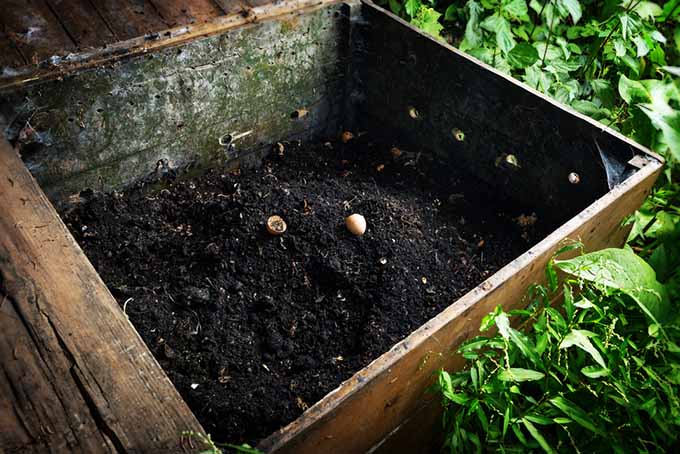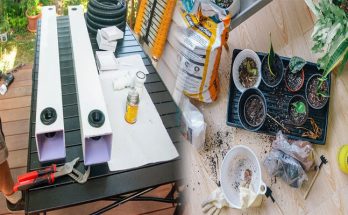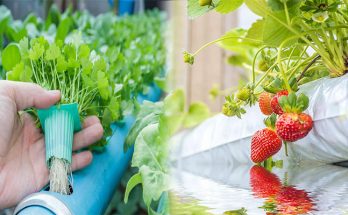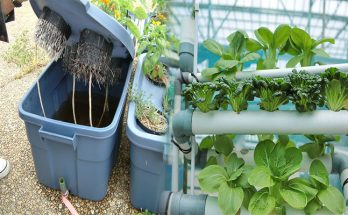Composting with wormscan be done anywhere, even at home. These soil creatures can certainly help convert your kitchen scraps and garden wastes into a hefty supply of organic resource. Imagine how much you can save the earth just by reducing your household garbage with the assistance of only Red wiggler worms or European nightcrawlers.
Organic scraps that can be converted into worm compost
Whether you choose to do some worm composting indoors or outdoors, the variety of organic materials that you can feed composting worms are plenty. You can feed these worms anything but the following: meat, poultry, seafood, and dairy. Also avoid feeding compost worms substances that will give them health complications such as citrusy products, and other salty, spicy, and oily matter. What they can eat though are fruits and vegetable peels, crushed eggshells, used coffee grounds and coffee filters, tea bags, presoaked newspaper or cardboard shreds, grass clippings, coconut coir, and dead plants.
Setting-up your worm bin with the essentials
For starters, you can use an opaque-colored plastic container, like a Rubbermaid bin for example. Make sure that you choose to use a container that can hold or store more or less 1000 red worms. You should start with this number, as you can always decide on having the worms transferred to a different composter as soon as the population grows.
Drilled holes around the worm bin are important
Your worm composter will need to be drilled with several evenly spaced holes around it, as these holes will serve two specific purposes: as ventilation holes and as drainage holes. The ventilation holes are basically punctured near the top surface. The drainage holes on the other hand are drilled by the bin’s base. Also make sure that a collector tray or container is placed underneath the bin, so that the excess water from the bin will carefully seep out into the tray (helps keep unnecessary spillage). You can also put the bin on top of four blocks to keep it elevated from the ground.
Worm bedding materials
Ensure that the scraps that you’ll be using on the composting worms bed are all organic since worms eat off of these as well. Other than the worm food, the bedding can be composed of presoaked strips of newspaper or cardboard, some loose soil, and some dry or dead leaves. You can also add in some presoaked peat moss if you have some around at home. Now, worm beddings should also be left moist, since worms require this specific environment. Without the required consistency, the worms can either develop skin irritations from dry bedding. Now, don’t over do the watering though as too much moisture inside the bin can also cause the worms to drown, and can also lead to compost spoilage.





